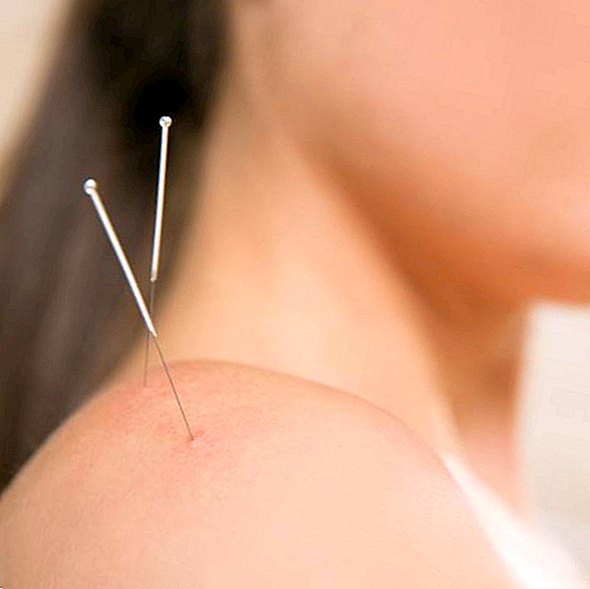When does an alternative pain therapy help?

The Pieksige: Acupuncture
How does it work? In this method of traditional Chinese medicine, the acupuncturist punctures thin needles in various points on the body surface. Needle stimulation is designed to release blocked energy and alleviate pain.
When does it help? For tension-type headache, migraine, pain in the musculoskeletal system such as knee or back pain, menstrual cramps, postoperative pain.
Who does it, who pays it, and how long does it take? Addresses of therapists can be found at the International Society for TCM (www.tcm.edu), the German Society for TCM (www.tcm.de), the AG TCM (www.agtcm.de) and the German Medical Association for Acupuncture (www .daegfa.de). Statutory health insurance companies usually pay 10 sessions for chronic back problems in the lumbar region. Self-payers have to expect about 30 to 70 euros per treatment, depending on the treatment duration and expenditure.
The gentle: biofeedback
How does it work? Body functions such. Breath and heart rate, blood pressure, brain waves, skin resistance, body temperature or muscle tension are detected with measuring devices and coupled to acoustic or optical signals. Through the signals body processes become aware - one learns in the course of treatment, these processes by relaxation techniques such as autogenic training to actively control. The German Headache and Migraine Society calls Biofeedback the most successful non-drug headache treatment.
When does it help? For tension headache, migraine, muscle aches and neck tension.
Who does it, who pays it, and how long does it take? Specially trained doctors, psychologists or physiotherapists offer biofeedback, addresses are available from the German Society for Biofeedback (www.dgbfb.de). The costs (about 80 to 100 euros per session) are usually not covered by the funds. It makes sense to have at least 10 sessions of 50 minutes each.
The Profound: Hypnosis
How does it work? The hypnotherapist places the patient in a state of deep relaxation and draws the attention inwards. This reduces muscle tension and the release of stress hormones. In the case of chronic pain, the therapist primarily tries to mobilize physical and mental powers and better integrate the pain into the general perception.
When does it help? For tension headache, migraine, back pain, arthritis.
Who does it, who pays it, and how long does it take? A list of therapists with reputable contacts can be found at the German Society for Hypnosis and Hypnotherapy (www.dgh-hypnose.de). The cost of a session of 50 minutes are about 80 to 120 euros, statutory health insurance usually does not pay. Success should be felt after five meetings at the latest.
The emotional: Osteopathy
How does it work? Osteopaths feel physical blockages with their hands. As in the body fluids or in the connective and muscle tissue, and solve them by loosening or light pressure. At the same time, this stimulation stimulates the self-healing powers of the body.
When does it help? Back pain, tension headache, migraine, muscle and joint pain, sprains, menstrual cramps.
Who does it, who pays it, and how long does it take? The Association of Osteopaths Germany (www.osteopathie.de) and the German Medical Association for Osteopathy (www.daego.de) provide serious therapists. A treatment unit (50 minutes) costs between 60 and 100 euros. In acute pain, one or two sessions are often enough; for chronic pain, you should plan up to 10 treatments.
The Impulsive: Transcutaneous Electrical Nerve Stimulation (TENS)
How does it work? In transcutaneous electrical nerve stimulation, TENS for short, a small device generates light electrical impulses that transmit electrodes on the skin to the nervous system. By transmitting pain-inhibiting signals, the over-excited nervous system comes to rest. After a doctor's instruction, the patient can "borrow" the device and perform the treatment at home.
When does it help? For tension headaches, back pain, nerve pain, general musculoskeletal pain such as rheumatic diseases, abrasion, overuse, irritation of bones, muscles and joints.
Who does it, who pays it, and how long does it take? Information about this can be found at Deutsche Schmerzhilfe. Statutory funds usually take over the rental costs of the device after approval of the therapy. Patients then only have to pay a small part (about 10 euros). With 30 minutes of stimulation 2 to 4 times a day, good results are achieved according to experience, and acute pain conditions often disappear after a few treatments.In case of chronic pain, the therapy should be applied at intervals, since with continuous treatment, a habituation effect occurs and the analgesic effect decreases.










